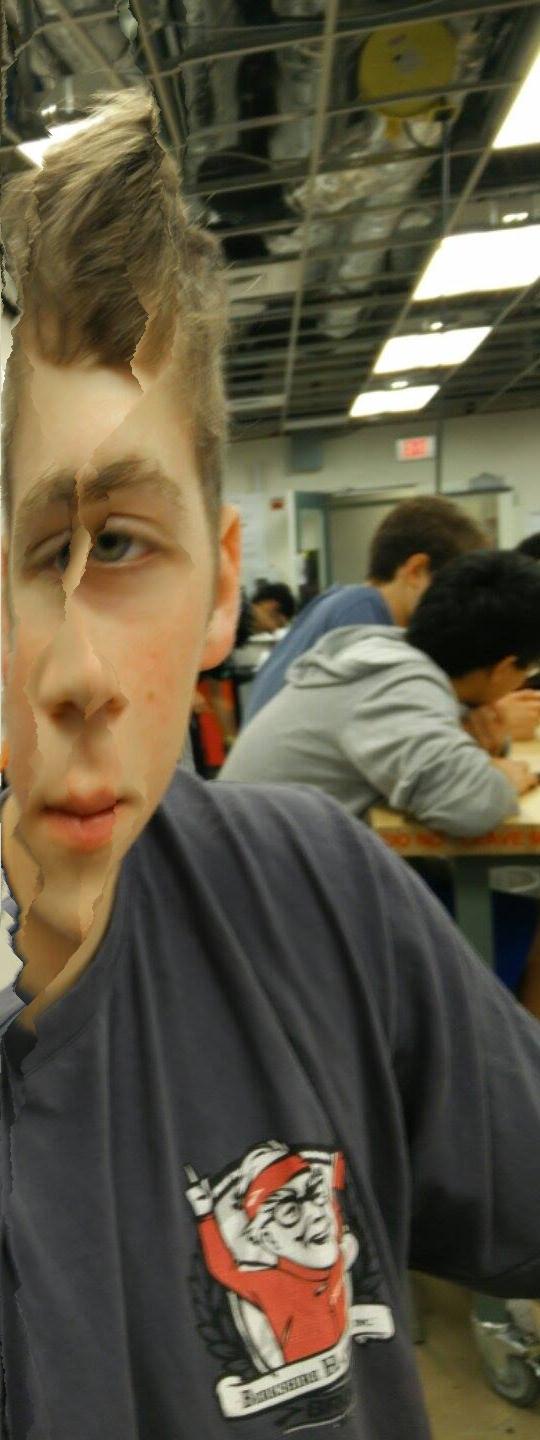Results
The results of seam carving are shown below. Images were reduced by 25% and 50% either horizontally or vertically. All images are my own.

Original Image

Vertical 25%

Vertical 50%

Original Image

Vertical 25%

Vertical 50%

Original Image

Horizontal 25%

Horizontal 50%

Original Image

Vertical 25%

Vertical 50%

Original Image

Vertical 25%

Vertical 50%

Original Image

Horizontal 25%

Horizontal 50%

Original Image

Vertical 25%

Vertical 50%